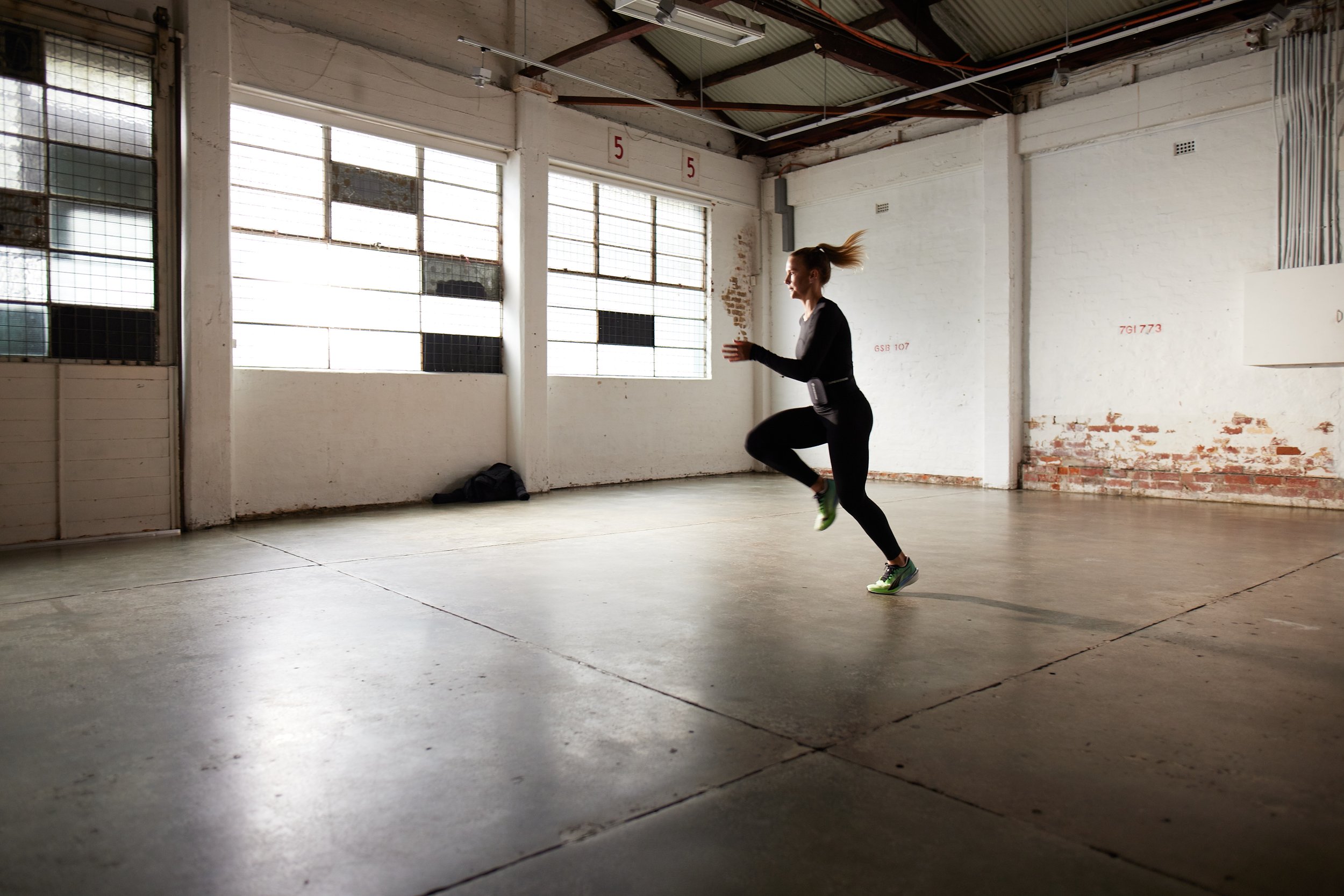It all begins with a question.
Sport Science has evolved exponentially in the last two decades. At the forefront of this evolution, specifically in team sports, has been the use of GPS technology which has clearly answered the question “What are our athletes doing?”
The focus of research and the practical application of GPS has centered on understanding WHAT an athlete does e.g. what distance they run, what speed they run at.
Nearly 30yrs of professional teams sport experience tells us that when focusing on only the WHAT, a lot of important signals are missed with respect to what we call our FRAMEWORK Pillars; Performance, Injury Prevention and Rehabilitation.
Asking “HOW an athlete moves?” is a fundamental question that allows us to see what is in front of us from a different perspective.
We know that athletes need to be strong to generate high speed, yet conventional strength tests are not specifically predictive of running speed. Research has described the differences in running technique and mechanical preference at a variety of speeds between individuals. Further, the changes associated with numerous lower body injuries have also been well documented.
The ability to quantify easily and reliably “HOW” an athlete moves allows the sports practitioner critical insight into designing the most effective interventions possible.
ASSESS…DON”T GUESS!
Easily administered tests that can be done at large scale (many players simultaneously) creates a rich data set that is far more effective as a lead indicator compared to tests that implemented twice a year. Testing players in their natural environment (the field with boots on) also produces data that is more meaningful to the sports practitioner as it is exactly HOW the athlete is moving not a contrived association. We test only our TASK pillars which are the foundational movements of all dynamic tasks on the field (click below for more).

